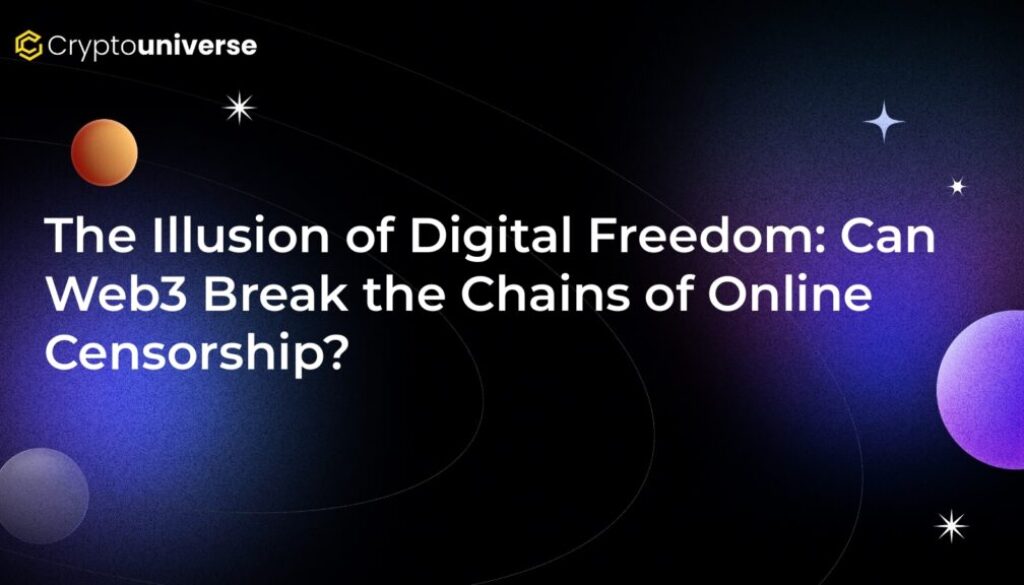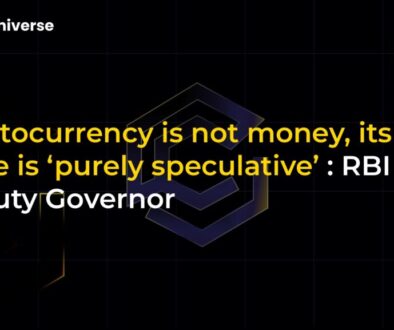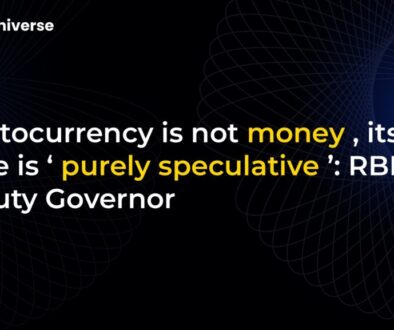The Illusion of Digital Freedom: Can Web3 Break the Chains of Online Censorship?

The Promise of the Open Web vs. The Reality of Today
The internet was supposed to be the ultimate frontier of free expression—a global town square where ideas could be shared without fear or favor. Yet, for many, that promise feels like a distant memory. Today, our digital lives are largely spent within the high walls of a few tech giants. We scroll, post, and share on platforms that have become the arbiters of acceptable speech, wielding the power to silence voices, shadowban creators, and erase content with the flip of a switch. This is the illusion of digital freedom.
We’ve traded ownership for convenience, handing over the keys to our digital identities and content in exchange for slick user interfaces and massive networks. But a new paradigm is emerging, one built on the principles of decentralization and user sovereignty. The core question for our digital future is this:
Web2’s Centralized Control: The Problem of Digital Gatekeepers
Before we can understand the solution, we must fully grasp the problem. The internet of today, often called Web2, is dominated by a handful of corporations. Platforms like Facebook, X (formerly Twitter), YouTube, and Instagram are not just applications; they are digital nations with their own opaque rules, rulers, and enforcement mechanisms.
This centralization creates several critical points of failure for free speech:
- De-platforming: A single decision from a centralized entity can remove a user’s entire online presence, cutting them off from their audience and livelihood overnight.
- Algorithmic Censorship: Content that is not explicitly banned can be suppressed by algorithms, hidden from feeds and search results without the creator’s knowledge. This “shadowbanning” is a subtle but powerful form of control.
- Vulnerability to Pressure: Centralized companies are susceptible to pressure from governments and advertisers, often leading them to censor content that is politically inconvenient or commercially undesirable.
- Data Silos: Your data, your followers, and your content are locked into one platform. If you get banned or decide to leave, you can’t take your digital life with you.
These platforms maintain their dominance through a powerful force known as the “network effect.” Everyone uses them because everyone else uses them, creating an almost insurmountable barrier for any competitor trying to offer a freer alternative.
Web3’s Answer: Building a Censorship-Resistant Foundation
Web3 represents a fundamental architectural shift away from the centralized model. Instead of relying on corporate servers, it uses decentralized networks, primarily blockchains, to build a more resilient and user-centric internet. Here’s how this new foundation directly counters the mechanisms of censorship:
1. Decentralized Storage and Hosting
In Web2, if a company like Amazon Web Services (AWS) decides to pull the plug on a website, it disappears. Web3 utilizes peer-to-peer storage solutions like the InterPlanetary File System (IPFS) and Arweave. On these networks, data isn’t stored in one location but is distributed across countless computers globally. This makes it practically impossible for any single entity to delete or take down content.
2. User-Owned Identity and Social Graphs
Your Web2 account is merely a row in a company’s database. In Web3, your identity can be tied to your crypto wallet, a tool you control completely. Projects like the Lens Protocol and Farcaster are building decentralized social networks where your profile, your content, and your list of followers (your social graph) are assets you own. You can take this identity and social graph with you across different applications, ensuring you can never be truly de-platformed from the network itself.
3. Community Governance, Not Corporate Edicts
Many Web3 platforms are governed by Decentralized Autonomous Organizations (DAOs). In a DAO, rules for content moderation and platform evolution are often proposed and voted on by the community of token holders. While not a perfect system, it shifts the power from a small group of executives in a boardroom to the users who actively build and participate in the network.
Breaking the Network Effect: Can Decentralization Level the Playing Field?
The greatest challenge for Web3 is overcoming the immense network effect of established Web2 giants. Why would anyone leave the bustling cities of Instagram and X for the nascent, less-populated frontiers of Web3? This is where the unique properties of blockchain technology come into play.
Web3 projects can incentivize early adoption through token rewards, giving users a tangible stake in the network’s success. By participating, creating content, and helping the community grow, users can earn ownership in the very platform they are using. This transforms users from passive consumers into active stakeholders.
Furthermore, the interoperable and composable nature of Web3 means that value and identity can flow freely between applications. A reputation you build on one decentralized social app could unlock features in a decentralized finance (DeFi) protocol or grant you access to an exclusive online event. This creates a new kind of network effect—one that isn’t confined to a single walled garden but spans the entire ecosystem.
The Road Ahead is Not Without Obstacles
Web3 is not a panacea. The journey towards true digital freedom is fraught with challenges. The user experience on many decentralized apps is still clunky compared to their Web2 counterparts. Transaction fees and network speeds can be a barrier to entry for many.
Most importantly, the moderation question remains complex. An uncensorable internet is also one where harmful and illegal content can proliferate. Web3 communities are actively grappling with this dilemma, exploring innovative solutions like community-driven moderation, reputation systems, and content labeling without resorting to centralized, top-down control.
A New Hope for a Free and Open Internet
The transition from Web2 to Web3 won’t happen overnight. However, for the first time in over a decade, we have a viable technological pathway to an internet that realigns with its original promise. Web3 offers the tools to dismantle the centralized structures that enable widespread online censorship.
By placing ownership, identity, and governance back into the hands of users, it aims to break the chains of digital gatekeepers. The illusion of freedom is fading, and in its place, we have the chance to build a more resilient, equitable, and genuinely free digital world.


